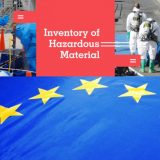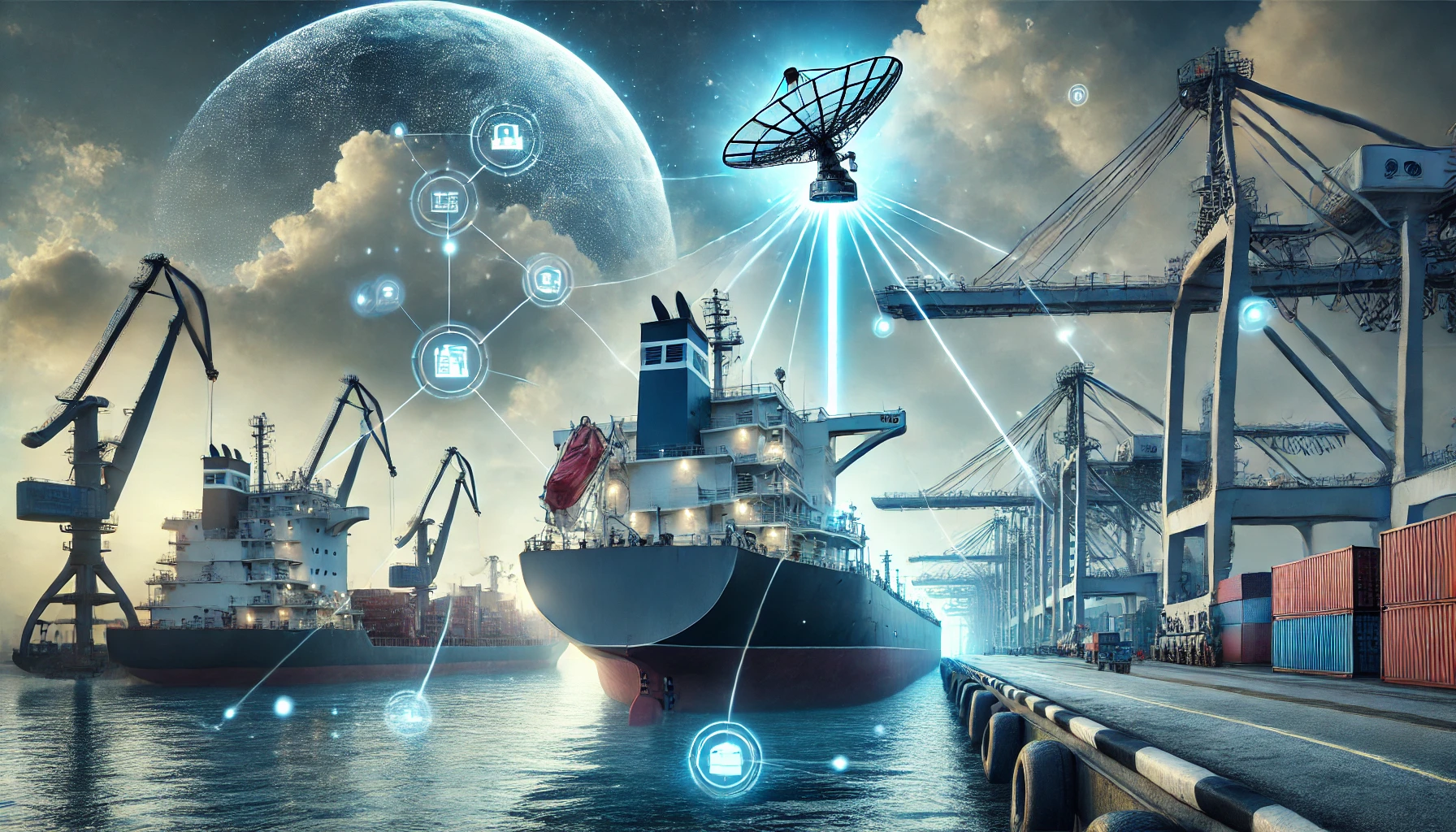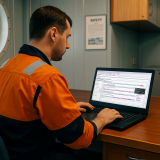The Brazilian government and Sok Denizcilik Tic.Ve Ltd.Sti (SOK) of Aliaga, Turkey, the buyer of the Aircraft Carrier SÃO PAULO, were sent scrambling on August 9, when Turkish authority Eyüp Karahan General Director of Environmental Management, on behalf of Minister Çevre Yönetimi Genel Müdürü, sent a letter to the Brazilian agency IBAMA, Competent Authority for the Basel Convention, requiring a new Inventory of Hazardous Materials (IHM) to be conducted prior the export for scrapping.
“… As a result of the Supreme Court’s interim injunction, news in the press, and the hazardous materials notices made to our Ministry, it has emerged that a new Inventory of Hazardous Materials for the ex-naval vessel in question should be prepared while the vessel is in Brazilian territorial waters before it comes to our country.”
Claiming for weeks that the export of the ship from Brazil to Turkey is illegal under the Basel and Barcelona Conventions and that the current IHM is not credible, environmental and labor rights groups working on this matter in Turkey, Brazil and internationally praised the Turkish action.
“Turkey is to be applauded for asking for a true and accurate survey and inventory,” says Nicola Mulinaris of the NGO Shipbreaking Platform. “The current one is simply not believable based on what we know about older aircraft carriers. We have real concerns that the provided inventory grossly underestimates the hazardous and radioactive materials on board the SÃO PAULO.”
It must be noted that Grieg Green, the survey company that issued the IHM for SOK:
- admitted they had access to only 12% of the ship;
- did not have access to the IHM prepared by the Brazilian Navy;
- concluded there were no radioactive materials onboard;
- did not compare with the IHM issued by Bureau Veritas for the vessel’s sister ship CLEMENCEAU;
- did not adequately test (only six samples) Polychlorinated Biphenyls (PCBs) concluding there were none;
- concluded that there might be more asbestos onboard the aircraft carrier than the estimated nine tons; and
- recommended further sampling during dismantling operations.
The SÃO PAULO’s sister ship CLEMENCEAU was estimated to have at least 760 tons of asbestos, a figure which was later confirmed by Bureau Veritas upon the dismantling of the CLEMENCEAU at the scrap yard ABLE UK.
IBAMA has responded to the Turkish request by saying the ship had already left Brazil so therefore it was not possible to fulfill the request that a new inventory be made in Brazilian territorial waters.
Indeed, just a few hours following the court injunction on August 4, the ship was hastily towed out to sea, and instead of following the towage plan which projected it sailing along the Brazilian coast, the tow train made an easterly heading to leave Brazilian territory as rapidly as possible.
Despite the federal injunction which is now considered out of force, and the new demand for a new IHM by Turkey, neither IBAMA, the Brazilian Navy, nor SOK have made any move to turn the ship back to Brazil. It is currently moving at its top speed just off the coast of Mauritania and is just a few days away from the Strait of Gibraltar.
Meanwhile, neither Spain, the UK nor Morocco have been notified or given consent for it to pass through their waters at Gibraltar as is required by the Basel Convention.
While IBAMA seems unwilling to respect the request by Turkey that the new survey be conducted in Brazil, they nevertheless wrote to the exporting company working with SOK, known as Oceans Prime Offshore Agenciamento Maritimo Ltda., to remind them that it is within the rights of the importing country to amend their import consent with new conditions.
They suggested that a new IHM may be required “upon arrival” and would need to be paid for by SOK. However, doing the job in Turkey instead of Brazil is likely to be illegal.
“Under no circumstances should Turkey agree that the new survey be conducted in Turkey or any other country other than Brazil,” says Jim Puckett, Executive Director of the Basel Action Network. “Under the Basel Convention, a proper inventory of hazardous materials can only be conducted prior to export.”
“The rush by the Brazilian government to get out to sea without checking to see if Turkey has laws against such import, to alert transit countries, and before a court injunction can be properly served, is not an excuse for Turkey to ever allow this ship into our territory,” Asli Odman of the Istanbul Health and Safety Labour Watch agreed. “It must go back now. It should not even be allowed to pass into the Mediterranean Sea.”






